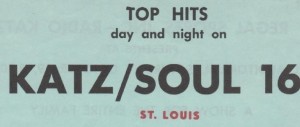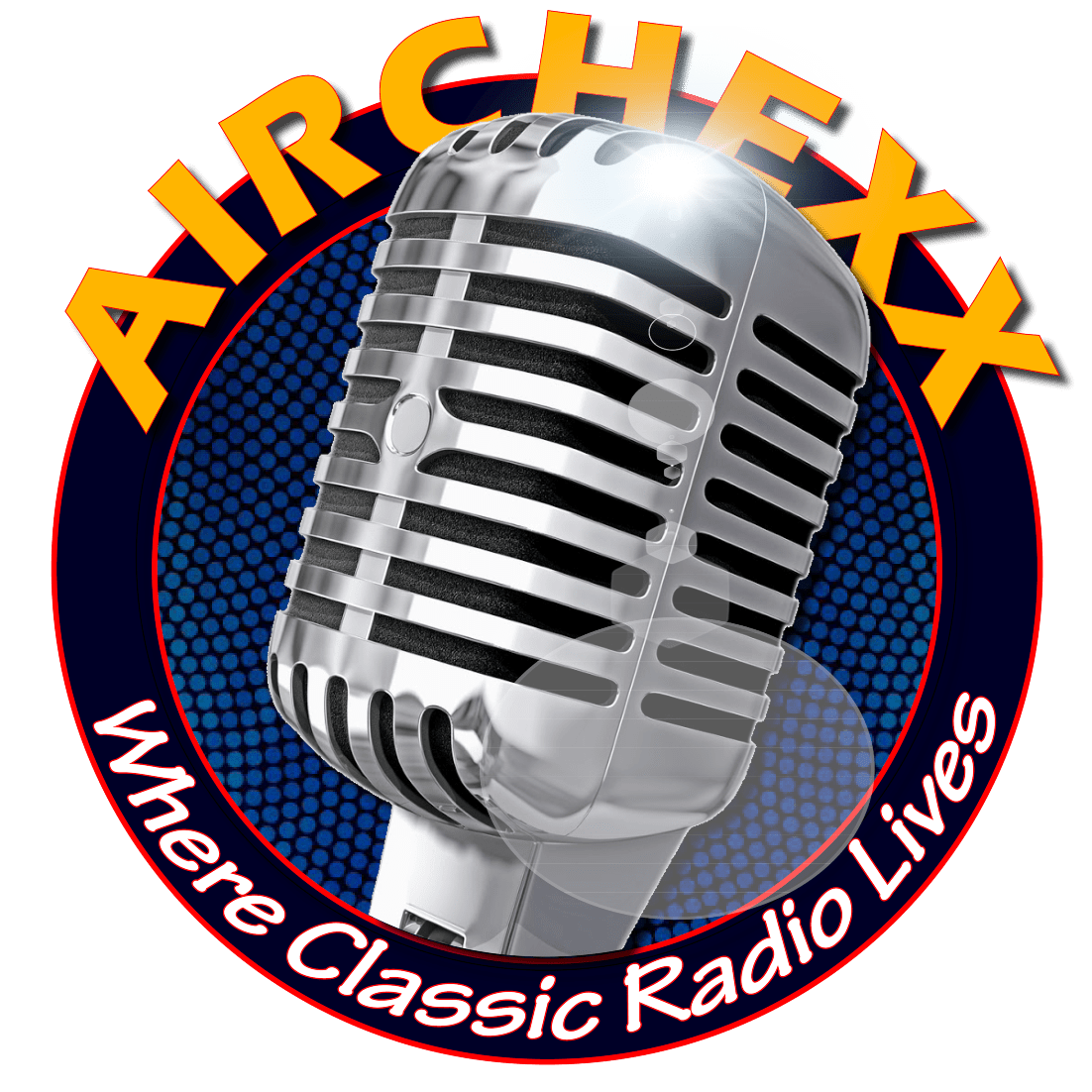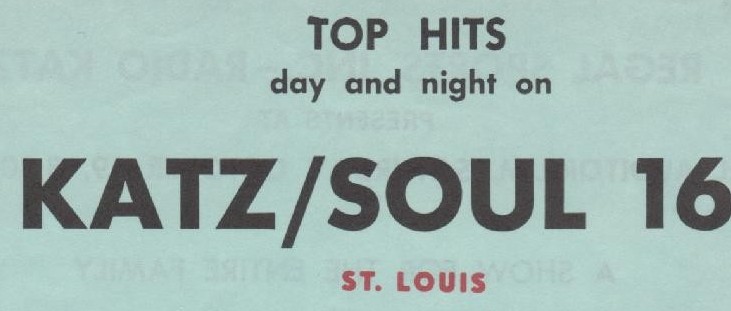Despite being a R&B station going back to the late 1950s, there’s really not much written history for this 5,000 watt AM station. We do know that the station was known in the 1960s and 70s as “Soul 16”, as evidenced by the header on a scanned top 20 playlist sheet posted below. Contributor Bob Buchhauser did send along his liner notes:
KATZ – an urban mainstay in St. Louis flirts with disco on this air check. As you can tell, AM1600 is heavily day parted. Bennie & the Jets? Great jingles. TM Shotguns if I remember correctly.
This aircheck is from sometime in 1979.
Today, KATZ airs an Urban Gospel format and calls itself The New 1600 Hallelujah AM. KATZ is currently owned by Clear Channel Communications.




It is interesting that Black stations back in the day tended to be saddled with limited signals at top of the dial positions. I think WWRL in NYC was also at 1600. I think Jesse Jackson once said this was race related.
Just a thought about that… I think that the only thing that would have made it ‘race related’ might have been that the big signals all belonged to large corporations, and the only things that small minority owners would have been able to purchase would have been smaller, less desirable signals. But remember, it wasn’t JUST black owners who had these tiny signals, there were plenty of single-owners of all races including white back in the day that just wanted their own radio station, and would settle for whatever they could get their hands on. Think of it this way: Most of the 50kw blowtorch stations RARELY went on the block, and when they were sold, most times it was in response to an offer from another company’s offer – a company with pretty deep pockets. How often have KMOX or WBZ Boston changed hands in the last 50 years?
In fact, only a handful of radio stations, tops, were black-owned-and-operated, including black stations. And most of the early black stations started out as either was what later called Middle of the Road or multi-ethnic stations (whether or not the latter devoted part of their respective schedules to African-Americans). In either case (and correct me if I’m wrong), these stations went to an all- (or in some cases initially, a mostly- ) black format at least partiallly in order to stay both *in the black (no pun intended)* **AND**! on the air.
The first sentence should have read, “In fact, all black stations, except for a handful, tops, were white-owned.”
hi love ths soul esp the disco tunes the kind of station that probably is on the net somewhere jb
yes i remember all these guys gary starr billy ,don clark douge eason back n the day and i love the katzzzzz jingel thses were the good days of radio even when they bought WZEN and thats was wen they used reels to play the songs while katz still used 1 track tapes
Another thing to consider about the signals of the black-owned R&B stations of the 60s and 70s is that what we might consider as a poor metro signal today was engineered in the days before the rise of the suburbs and completely adequate to cover the areas where there listeners lived. These days KATZ might not have a very good signal in the counties surrounding St. Louis, but it’s quite usable for its core audience in the city…same for 1490/WESL in East St. Louis, a 1000 watter that I tired to get in the suburbs, but couldn’t – however it was loud and clear in St. Louis city and the East St. Louis, the communities it sought to serve.
And then came the rise of suburbs and radio stations no stronger than the likes of KATZ and WESL. These new stations, like most of their African-American-formatted counterparts in the cities, were loud and clear in the suburbs–the communities the new radio stations themselves sought to serve.
The second jock would have sounded great on one of Mike Joseph’s Hot Hits stations.